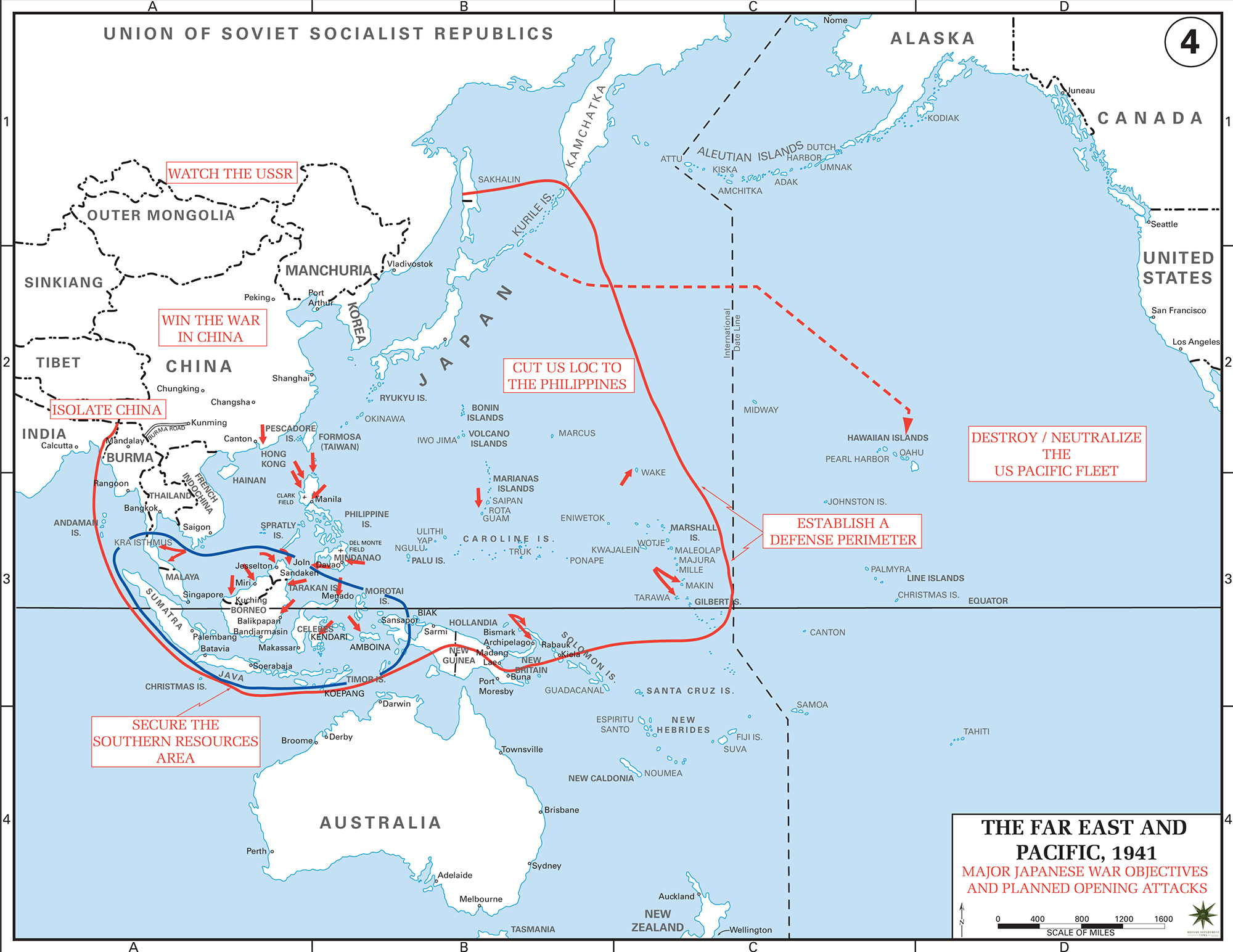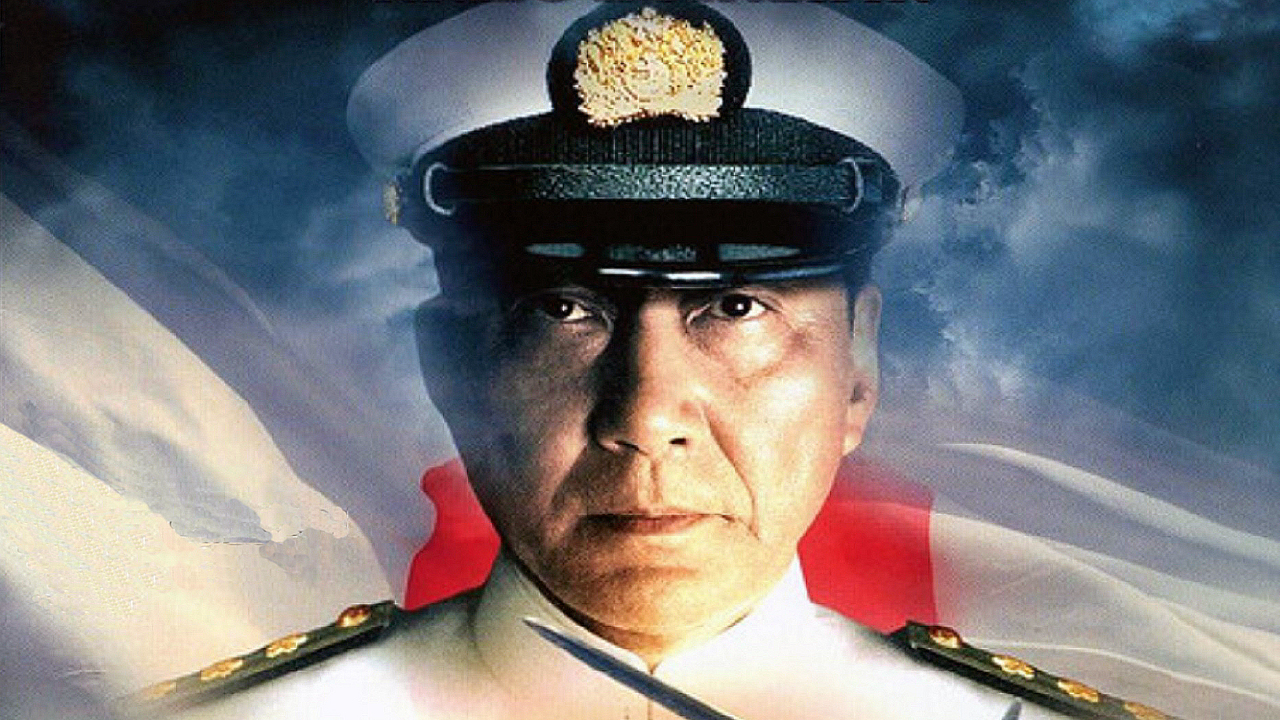Isoroku Yamamoto: Japan's Visionary Admiral Part 2: The Last Years of His Life
After the attack on Pearl Harbor, however, Yamamoto worried that his country had not done enough to cripple the American fleet and resolve. He is said to have uttered this line: "I fear all we have done today is to awaken a great, sleeping giant and fill him with a terrible resolve." That story may well be apocryphal. If he didn't say it, he almost certainly believed it. The Pearl Harbor attack rained great destruction on the American Pacific Fleet, sinking five battleships and damaging three others and also sinking or severely damaging 11 other large ships and hundreds of airplanes. The human death toll was more than 2,300, and another nearly 1,000 people were injured, some seriously so. What the attack didn't do is destroy America's aircraft carriers and the fleet's flagship, USS Pennsylvania. Along with hitting Hawaii hard, Japan attacked across a wide area of the Pacific. In the next few months, this included the Philippines, and Australian, British, and Dutch possessions as far away as Ceylon, in the Indian Ocean. By March 1942, Japan controlled a very wide swath of land and sea. Despite the ongoing war with Germany and Italy, Britain and the U.S. refused to negotiate with Japan. The war in the Pacific raged on.
The failure to sink American aircraft carriers at Pearl Harbor came back to haunt Japan for the rest of the war. At the Battle of the Coral Sea, Japan sunk one carrier, the USS Lexington, and damaged another, the USS Yorktown; however, the U.S. damaged Japan's aircraft carriers Shōkaku and Shoho and mangled the aircraft capability of the carrier Zuikaku. None of the Japanese carriers was involved in the Battle of Midway, in June 1942. The Yorktown did take part but was sunk. The American victory, which included the sinking of four of Japan's six aircraft carriers, is seen as a turning point in the war in the Pacific. U.S. forces liberated Guadalcanal in February 1943, prompting Yamamoto to make an inspection of the South Pacific. Because American intelligence officers had broken the Japanese code by this time, the American military knew where Yamamoto was going and when. Thus it was that on the morning of April 18, 1943, Yamamoto was in an airplane bound for Bougainville, in the Solomon Islands. Yamamoto's plane was not the only one in the sky that day. As always, multiple planes were flying in formation. A group of American planes attacked the Japanese planes. Among the planes downed was the one carrying Yamamoto; the plane crashed in the jungle. Yamamoto died from bullet wounds received during the aerial attack; he did not die as a result of the plane crash. His staff cremated his remains, and his ashes were transported to Tokyo aboard his last flagship, the battleship Musashi. Japan gave Yamamoto a full state funeral on June 5, 1943. As for his prediction of "awaking a great, sleeping giant," Yamamoto proved correct. Japan eventually did surrender to the U.S., ending World War II, two years after Yamamoto's death. |
|

 The following year, he proposed that his country's military rethink its naval strategy. The thinking had been to provoke the U.S. into war in the Pacific and defeat the American fleet in a climactic battle, perhaps on or near the Philippines. The Japanese military had conducted war games along these lines, and the result had repeatedly not favored this course of action, at least for Japan. Yamamoto proposed a surprise attack, one that would cripple the American fleet enough that it would not be able to respond to Japanese aggression in the Pacific until Japan's grip on its holdings was strong enough to withstand any counter-attack. Yamamoto also probably hoped against hope that the eventual response of the U.S. would be to pursue a diplomatic solution, not a military one.
The following year, he proposed that his country's military rethink its naval strategy. The thinking had been to provoke the U.S. into war in the Pacific and defeat the American fleet in a climactic battle, perhaps on or near the Philippines. The Japanese military had conducted war games along these lines, and the result had repeatedly not favored this course of action, at least for Japan. Yamamoto proposed a surprise attack, one that would cripple the American fleet enough that it would not be able to respond to Japanese aggression in the Pacific until Japan's grip on its holdings was strong enough to withstand any counter-attack. Yamamoto also probably hoped against hope that the eventual response of the U.S. would be to pursue a diplomatic solution, not a military one. Yamamoto urged another sharp attack on the still rebuilding American fleet, but he was overruled. In April 1942, a daring raid led by American Jimmy Doolittle resulted in the bombing of Tokyo, Japan's capital. Yamamoto then gained support for a major confrontation with the U.S., around Midway Island.
Yamamoto urged another sharp attack on the still rebuilding American fleet, but he was overruled. In April 1942, a daring raid led by American Jimmy Doolittle resulted in the bombing of Tokyo, Japan's capital. Yamamoto then gained support for a major confrontation with the U.S., around Midway Island.
